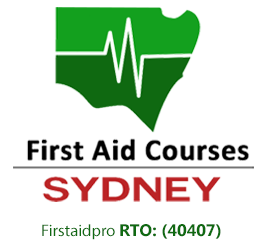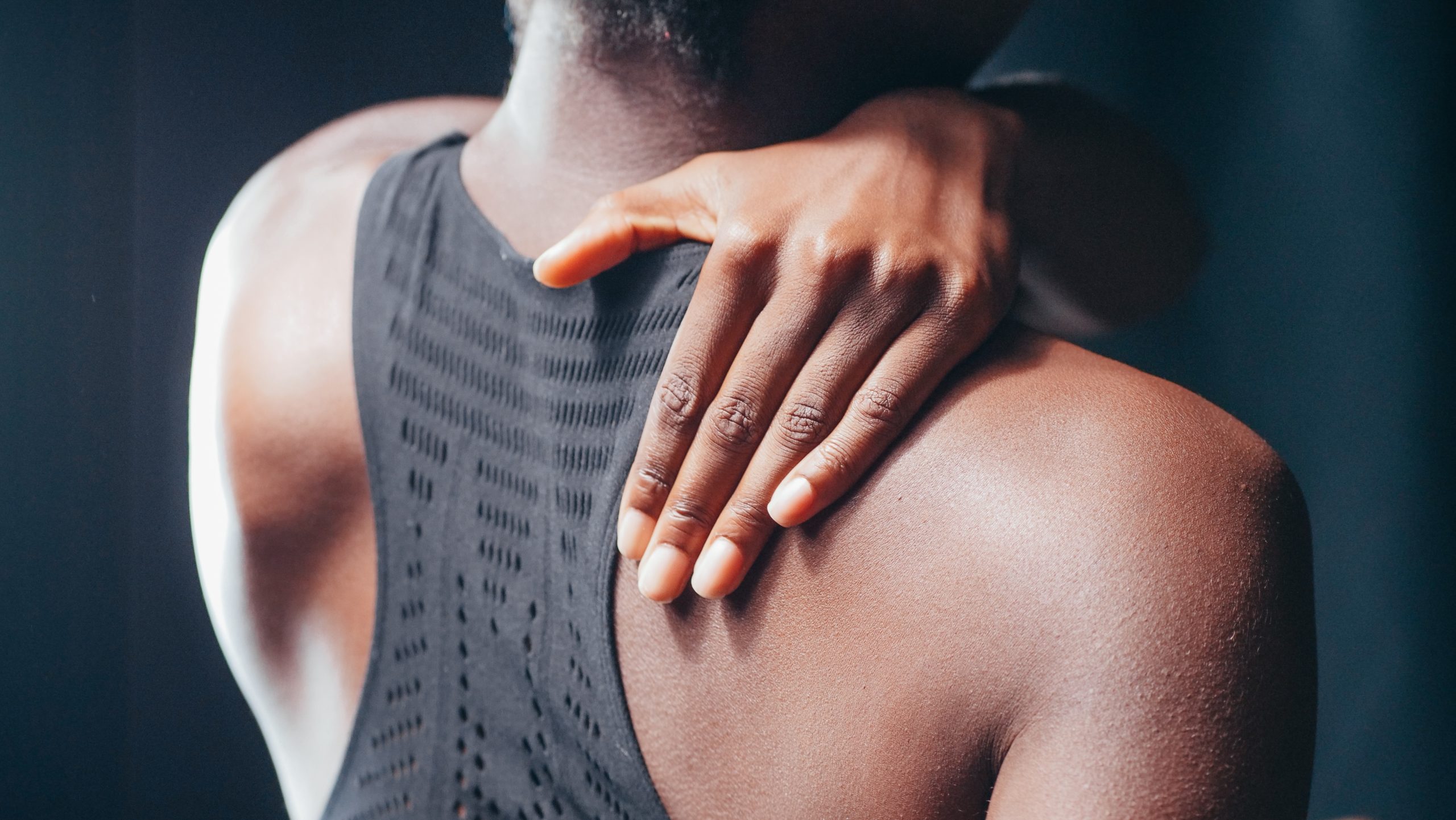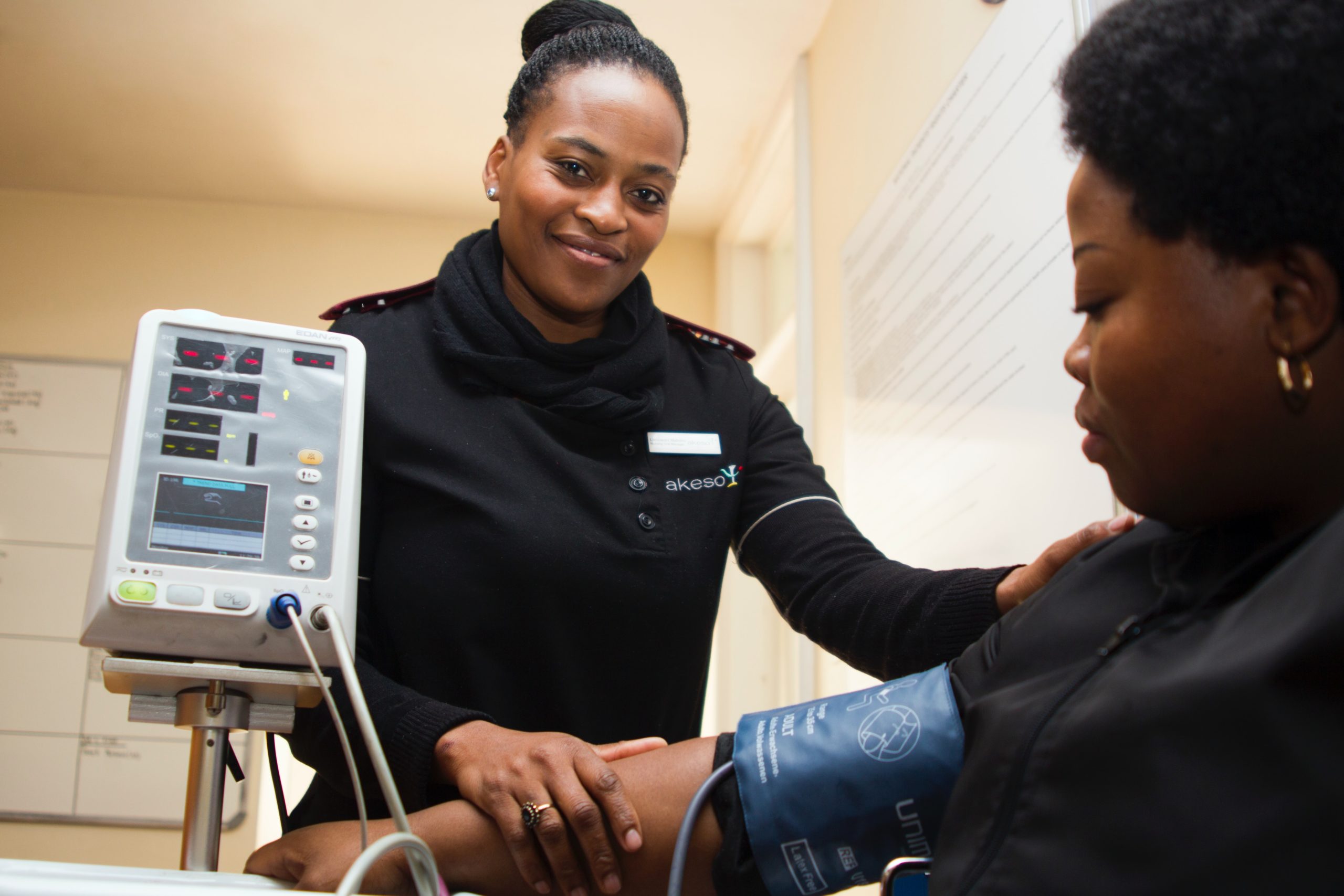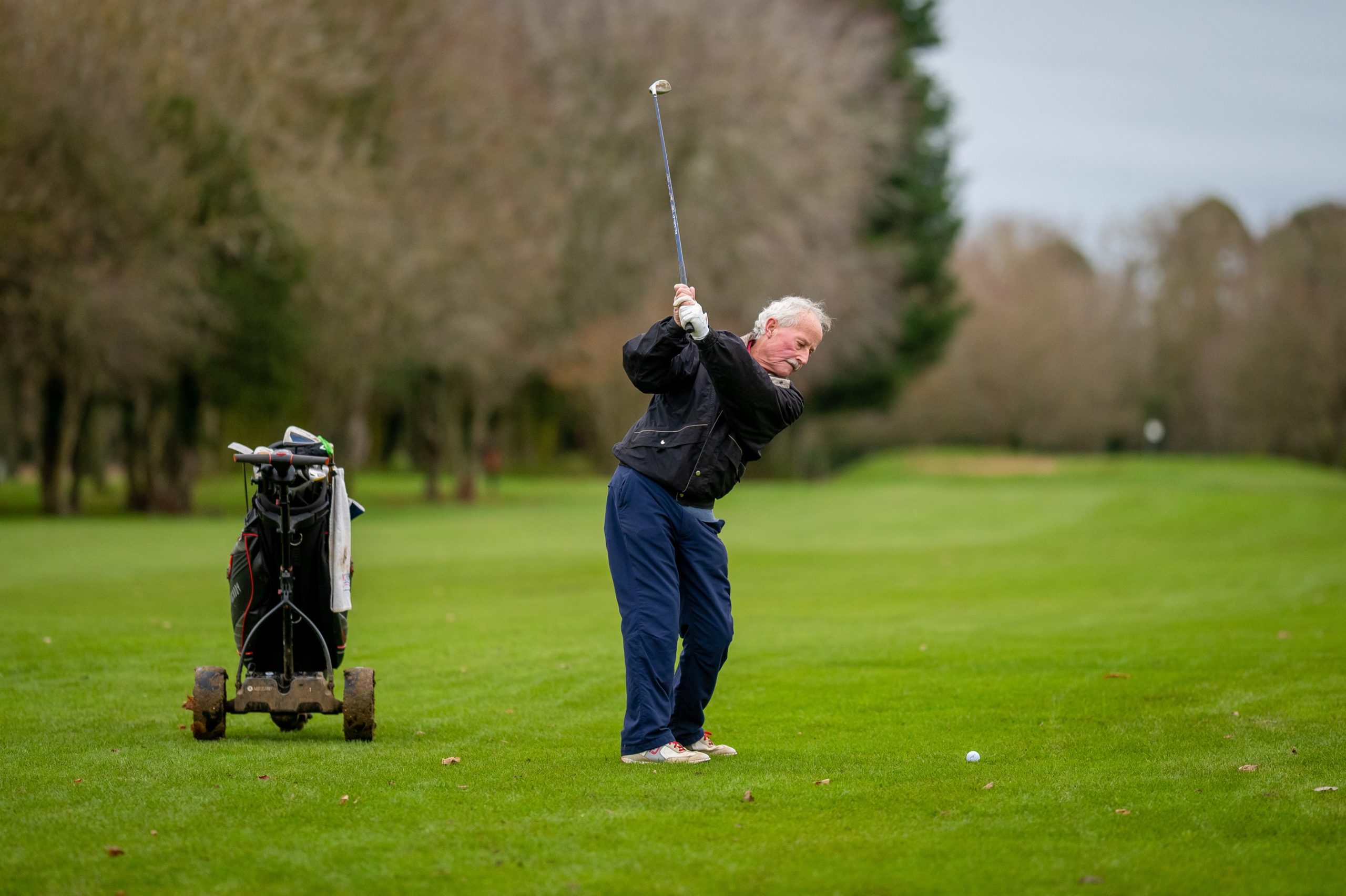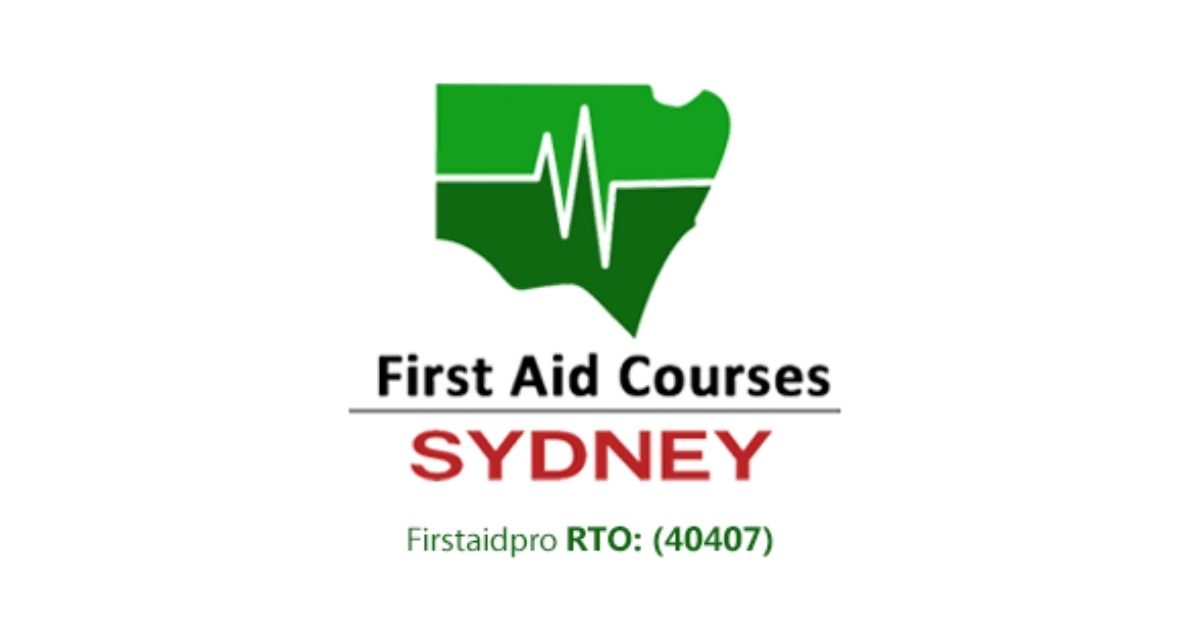The pressure immobilisation technique is a first-aid treatment used to treat spider bites, snakebites, and stings.
The term ‘pressure immobilisation’ describes applying a pressure device and immobilising the affected extremity after a bite or sting. This technique slows the lymphatic flow, resulting in to delay in the systemic absorption of the venom. This first aid measure is performed until definitive care, and emergency services arrive at the scene.
This technique has been proven effective if firm pressure is applied to the bite or sting area and the entire limb, the limb is immobilised.
History
The idea of pressure immobilisation was first introduced in Australia in the 1970s. Its primary aim is to prevent the dissemination of neurotoxin from a snakebite coming from the Elapidae family. The said neurotoxin can result in muscle weakness and respiratory arrest but does not typically cause localised death of tissues (necrosis).
By 2010, the American Heart Association (AHA) and the American Red Cross published their own latest version of first aid guidelines. These contain recommendations of properly performed pressure immobilisation following a snake bite emergency.
The Pressure Immobilisation Technique (PIT) is recommended for the application to bites and stings from all Australian venomous snakes, funnel web spiders, blue-ringed octopus, and cone shells.
However, this technique is not recommended for the first aid treatment of redback spider bites, jellyfish stings, fish stings, and strings from scorpions, centipede, or beetles.
How It Works
The overall technique inhibits the movement of the venom from your muscles to the bloodstream via the lymph. The pressure application slows the lymphatic flow. Therefore, immobilisation prevents the acceleration of venom caused by muscle movements and heart rate.
Below is the step-by-step guide on how to apply the pressure immobilisation technique effectively.
- Call 000. Before anything else, call an ambulance and ask for immediate assistance. While waiting, keep the victim as still as possible. Encourage the person to lie down to prevent them from walking or moving around.
- If the victim is bitten or stung on a limb, applying a broad pressure bandage over the site right after the incident is best. Elasticated bandages that are 10 to 15 cm wide are preferred over the use of crepe bandages.
- If neither of the two is available, any clothing or material found on the scene should be used. Make sure the bandage is firm and tight. Not too tight that it suffocates the victim, but tight enough to easily slide a finger between the bandage and the skin.
- Apply further pressure on the bandage to further restrict the lymphatic flow and to help immobilise the limb. Start with the fingers or toes of the bitten limb and extend upwards. Remember to cover as much of the limb as possible with the bandage applied over the existing clothing.
- Splint the limb, including the joints surrounding the bite area, to restrict movement. The splinting material can be used under the layer of the bandage. For the upper limb, we recommend using a sling.
- Keep still and wait for the arrival of the ambulance to transport the victim to the nearest emergency department. While waiting, continue making efforts to keep the victim calm. If urgent medical care is unavailable, apply local pressure.
Do not do the following:
- Cut or suck the bitten or sting area.
- Wash the bite.
- Use a tourniquet
- Walk or move about
- Remove bandages until treatment is received
The Pressure Immobilisation technique is best learned and practised in a nationally accredited First Aid course. The above steps only contain a brief summary of the technique.
To get explicit practical instruction and learn about the finer details of this technique, consider getting formal training. If you would like to enrol, check out our upcoming schedules and enrol in a First Aid course today.
